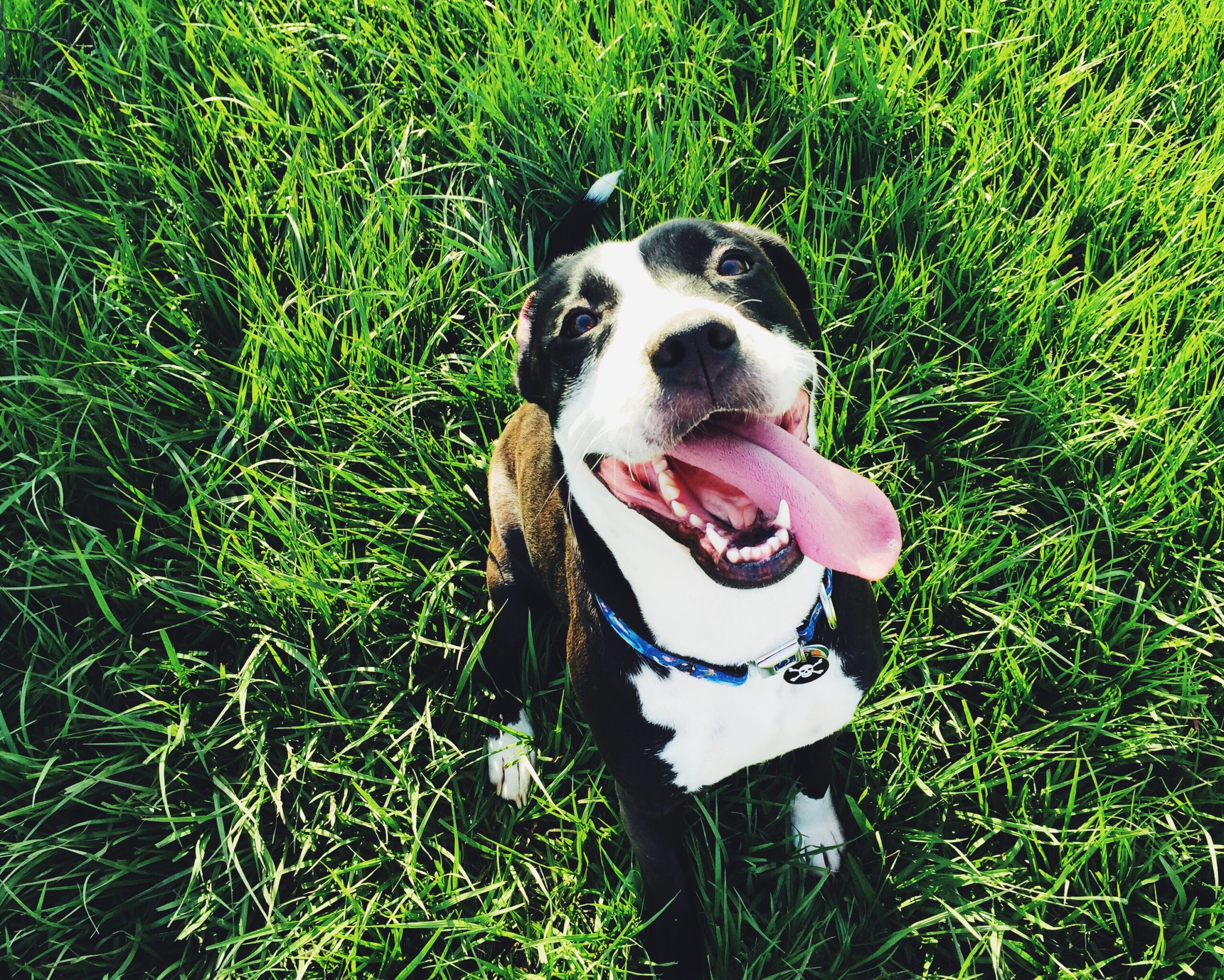Have you ever noticed a gummy substance on your dog’s teeth? That’s plaque and it usually occurs a few hours after they eat. After about a day, that plaque can harden after it combines with salt in your dog’s saliva. Accumulated plaque turns into tartar, which can develop below and above the dog’s gum line. Practicing tartar control for dogs is an important part of your pet’s health and hygiene routine.
Here, we’ll explain dog tartar control and how to reduce it or manage it.
Why You Should Be Concerned About Tartar Control for Dogs
Practicing dog tartar control means you’re trying to prevent tartar from accumulating. Here’s why it’s important and how to care for your pooch.
1. It could lead to health problems.
Removing tartar from above your dog’s gumline should be relatively easy to do by brushing or wiping your dog’s teeth daily—or at least a few times a week. When tartar sits on your dog’s teeth, it serves as a breeding ground for bacteria to grow. That could cause inflammation in the gums (gingivitis) and bleeding gums. Built-up tartar can lead to receding gums, which exposes part of the tooth’s root and could cause sensitivity and pain. When tartar and plaque seep below the gumline, it could result in infection, jawbone damage, and periodontal disease. If your dog has periodontal disease, they could be at risk for more inflammation, jaw pain, and even tooth loss as the disease becomes severe. Think your dog is in the clear? More than 80 percent of dogs over two years of age have periodontal disease, according to the Center for Animal Welfare.
When bacteria from the tartar is absorbed into the bloodstream, it could lead to serious health problems in your dog, like an increased risk of liver disease, kidney disease, and heart disease.
2. Some signs your dog tartar control situation could be improved.
When your pup comes over to lick your face and their dog breath makes you want to back away, it could be a sign that they have dental disease. In fact, bad breath is one of the most common signs that your dog’s dental care situation needs attention. If they are drooling excessively, licking their jaws, pawing at their face or rubbing their face and mouth on things, have facial swelling, loss of appetite, difficulty chewing, weight loss, or move their heads away when you attempt to look in their mouths, those could be early indications of periodontal disease.
3. How to keep dog’s teeth healthy.
Tartar control for dogs starts with brushing your dog’s teeth daily with a special dog toothbrush and canine toothpaste. While that’s the ideal goal, only 2 percent of dog parents brush their pet’s teeth daily. Aim for brushing and/or wiping off their teeth a few times a week. (Set a reminder to pop-up in your phone!) Give them an all-natural daily dental chew that’s proven to reduce plaque and tartar, freshen breath, and help with overall gum health. WHIMZEES does just that and it’s a treat your dog will love getting each day.
You can also take care of your dog’s teeth by feeding them a Veterinary Oral Health Council (VOHC)-accepted dental diet which can slow plaque and tartar accumulation by mechanical or chemical means. Eating this type of diet and VOHC-approved treats can greatly reduce tartar development.
Your dog may also need a dental cleaning by your veterinarian. Have their teeth examined the next time you’re there for a wellness visit and see if it’s recommended that you book a dental cleaning.



